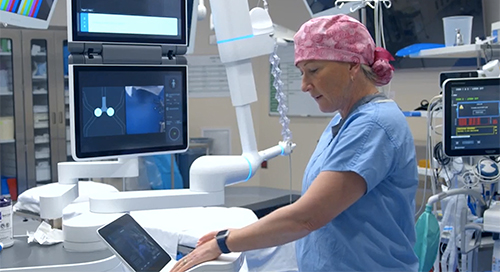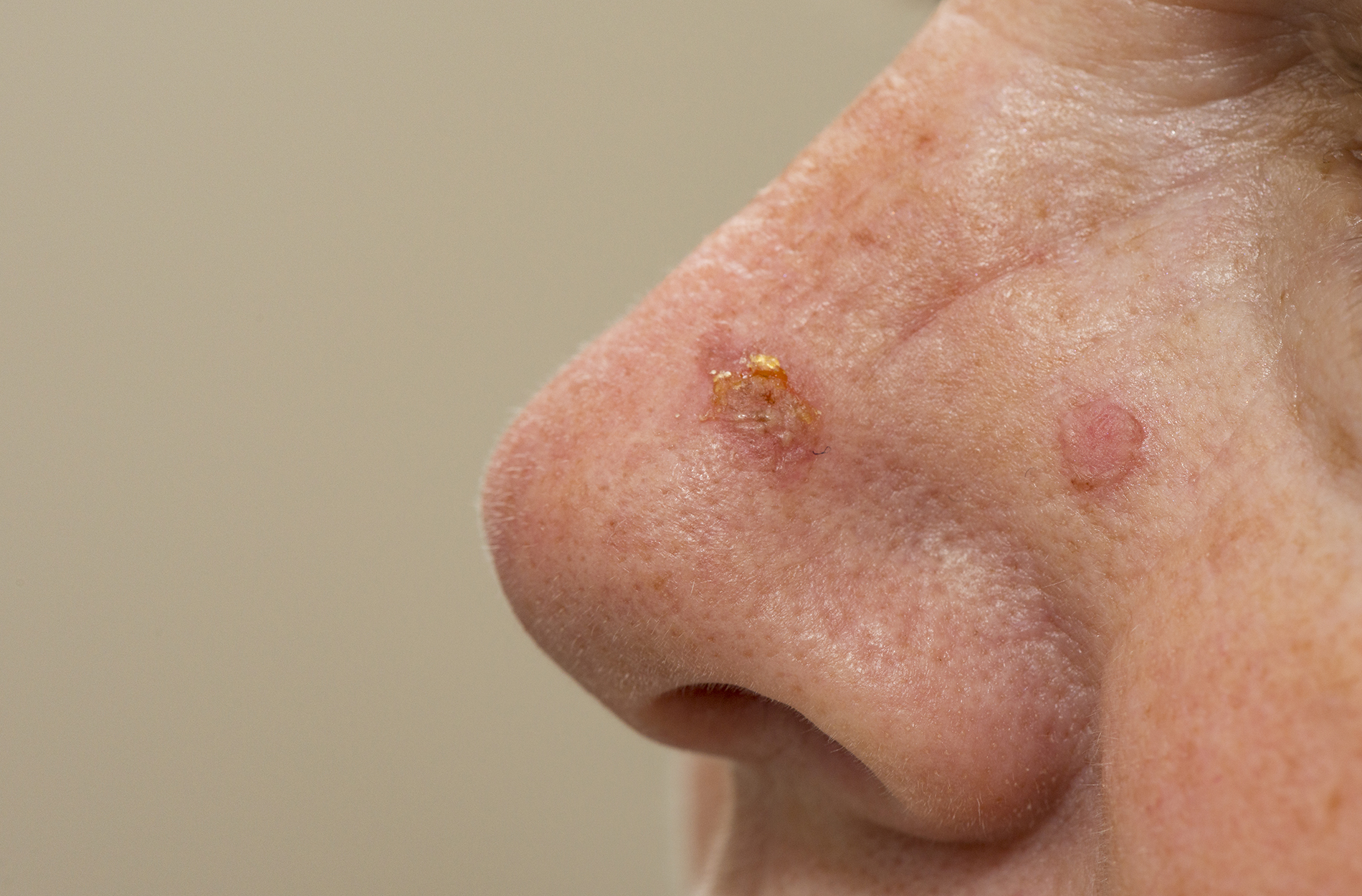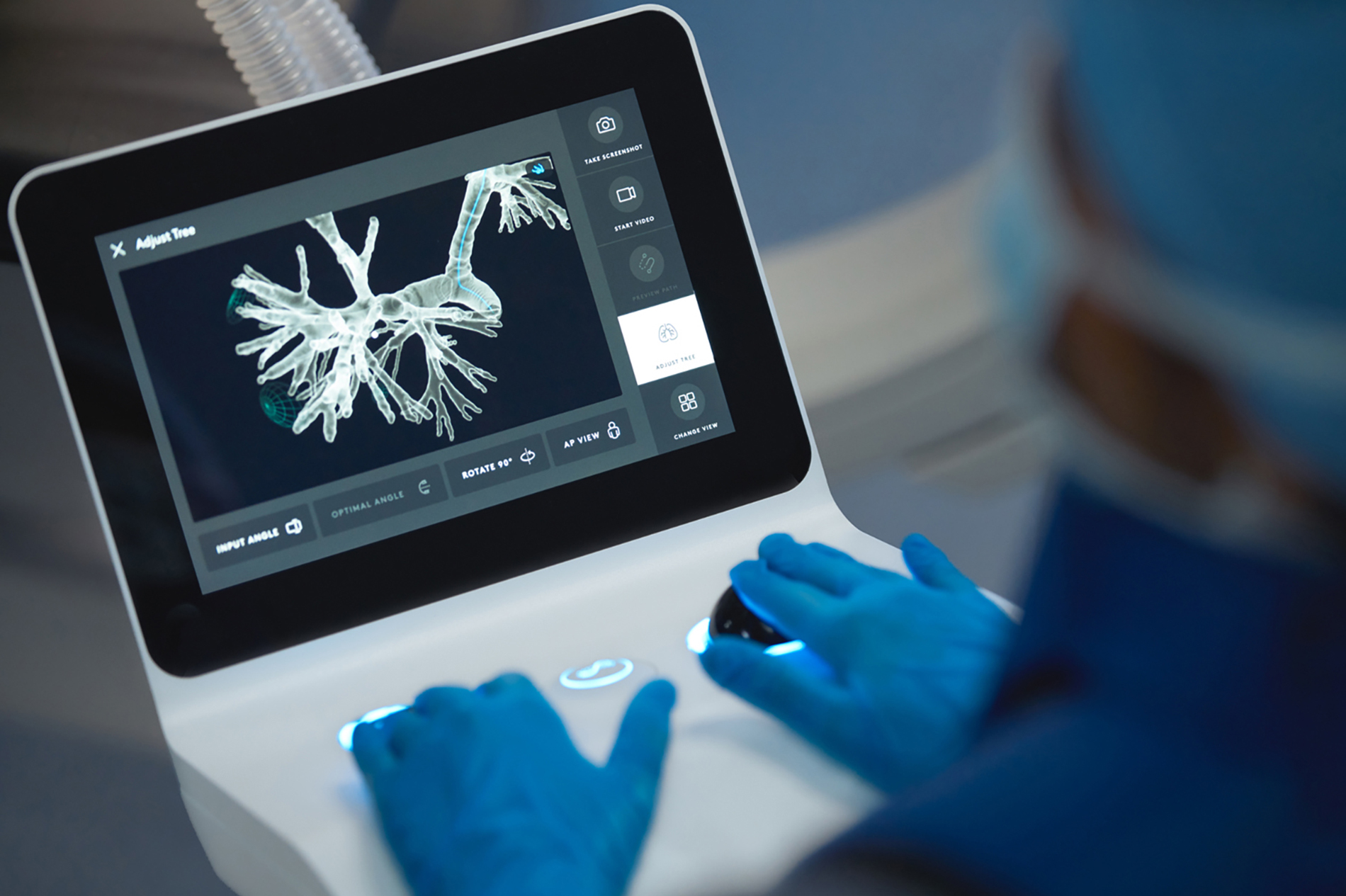“Sometimes things happen for a reason, and here we are telling a story about it.”
Powerful words from Steve Turner, a cancer survivor. Steve and Mamie Turner have been married for 46 years. Now retired, Steve served for thirty-two years with the Columbia Fire Department.
But their lives changed when Steve went to the doctor for what he thought was a common cold. Steve remembers the doctor telling him that he had pneumonia, but also that they had seen a little shadow area in his lung, and that was something they were going to keep an eye on it for a while.
For nearly two years, Steve went back for biannual CT scans, while doctors monitored his lung.
During the fourth scan, the shadow area required a further look.
The Turners were connected to Chief of Cardiovascular Surgery Heather Currier, MD, FACCP, for a second opinion.
“I can still remember her. She called me into the waiting room and when she reached back and closed the door with her arm, she never looked back at the door,” said Mamie Turner. She just had eye contact with me, and so I knew that the result was not good.”
The cells in Steve’s lung were cancerous.
But Dr. Currier had a plan. A new robotic procedure called Ion. It’s a robot that builds 3D airways using CAT scans to biopsy lung nodules from the inside out at a much smaller size.
“Typically, lung cancer nodules have traditionally been biopsied from the outside in, and it's very hard to hit a small moving target. It uses the CAT scan, the material from that, to build me directions,” said Dr. Currier. “It says where do you want to go today? And I want to go to this nodule. The computer then builds me directions so that I can navigate down through the patient's airways directly to where the nodule is and then holds me there so that I can do the biopsies.”

The Turners felt they could trust Dr. Currier’s suggestion.
“We just had a good feeling. You know, when you sit down, you meet people and you just get a good feeling at the bottom and just say, let's roll with this,” said Steve Turner.
That same week, Steve was admitted and taken to the operating room. After a few hours, the biopsy was successful.
“We didn't have any radiation. We didn't have to do chemo,” added Mamie Turner. “It was a great, great thing.”
Within weeks, Steve was back enjoying the outdoors, even vacationing with his family.
“We've done about eighty of these biopsies to date at Lexington Medical Center since getting the new technology, and it's allowed us to make the diagnoses earlier,” said Dr. Currier.
Dr. Currier says timing is everything, and this new technology is helping save lives.
“We’re just blessed that we had people looking out for us and helping us find the way,” added Mamie Turner. “I just felt comfortable with our choice and the robotic surgery was a life changer for us.”

![ScreenShot for Blog[62] Steve and Mamie Turner on the beach with their dog](https://blog.lexmed.com/images/librariesprovider80/blog-post-featured-images/screenshot-for-blog-62.jpg?sfvrsn=36ab6f0a_0)



![Conelly_Jania 1900x1267[44] Portrait of Jania Connelly in pink dress](https://blog.lexmed.com/images/librariesprovider80/blog-post-featured-images/conelly_jania-1900x1267-44.jpg?sfvrsn=adef6e0a_0)



Leave a comment